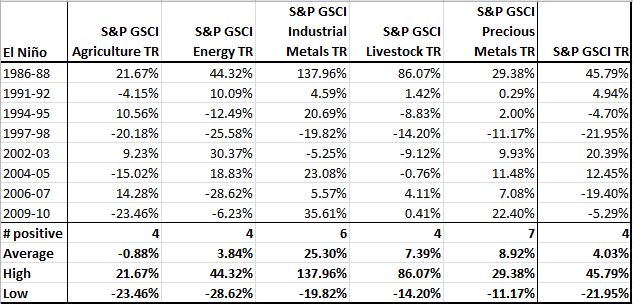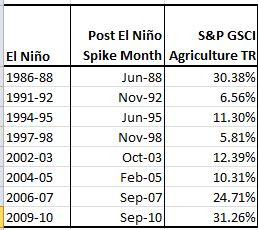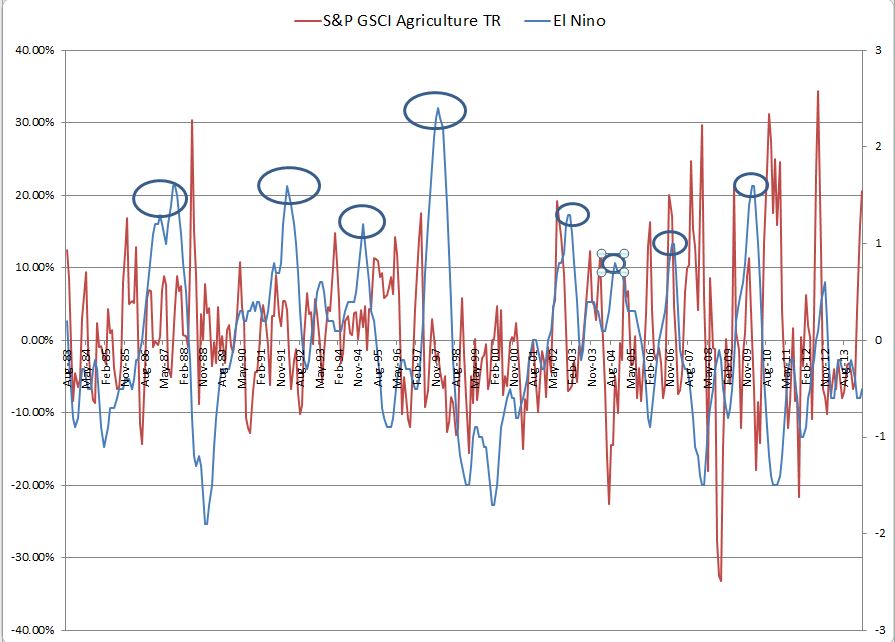The announcement by the European Central Bank that it would charge negative interest rates to banks for their deposits at the central bank – effectively a fee for having the central bank hold the money – raises arguments for eliminating paper currency and going digital. The pros and cons were summarized in the Financial Times and in some blogs.
Digital money need not mean bitcoins – these suggestions are electronic currency maintained by the central bank. One would trade the greenbacks in your pocket for the credit and debit cards you already have or an app on your phone. For many people there would be little difference.
There would be one advantage for the Fed: if the economy was weak and they wanted you to spend your money, they could encourage banks to charge negative interest (a fee) for keeping money in the bank. You could pay the interest fee, spend your money or invest it. You couldn’t take the cash and keep it in your bottom bureau draw. While this might be efficient monetary policy, most of us wouldn’t like it. Lest this sound completely impossible, it was tried with little result in Denmark recently. It’s not much different than a checking account where you pay service fees for writing checks.
Leaving aside monetary policy, eliminating cash would have other effects. No one knows how much tax evasion and other illegal activity depends on using cash, but most believe the number is substantial. About three-quarters of the total value of US currency is in $100 bills. Stated differently, there are about 30 one hundred dollar bills in existence for each person in the US – that’s $3000 in cash. Most people don’t carry that much lunch money. One offsetting factor is a lot of that circulates outside the US. Eliminating paper currency would curtail some illegal activity by making anonymous or secret transactions more difficult.
Lest this look like a bonanza for the government, they would pay as well. Currently the government benefits from the seigniorage from money creation. It doesn’t cost $100 to print a hundred dollar bill, so the government “earns” the difference between the printing cost and the face value of the currency.
Despite some apparent arguments for eliminating cash, it doesn’t seem very likely in the near future, if for no other reason that it would be unpopular and difficult to accomplish.
The posts on this blog are opinions, not advice. Please read our Disclaimers.















































